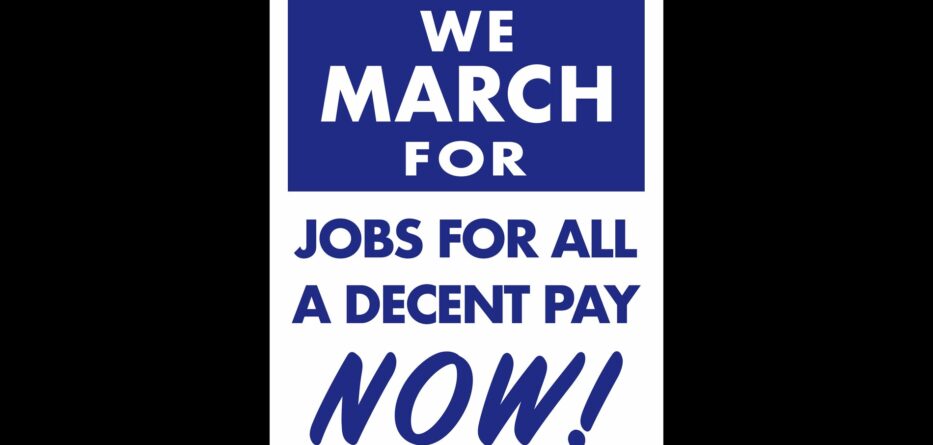
Is the Minimum Wage Livable in The U.S.?
The federal minimum wage in the United States has remained at $7.25 per hour since July 24, 2009. This marks the longest period without an increase since the wage was established in 1938. Over the past 16 years, the cost of living has risen significantly, diminishing the purchasing power of minimum wage earners.
In 2025, a full-time worker earning the federal minimum wage would make approximately $15,080 annually, falling below the federal poverty line of $15,650 for a single individual. For families, the gap is even more pronounced.
While the federal rate remains unchanged, many states and cities have implemented higher minimum wages. As of 2025, 21 states have increased their minimum wages, impacting over 9.2 million workers and raising total pay by $5.7 billion.
Despite these state-level changes, approximately 20 states still adhere to the federal minimum wage, leaving many workers struggling to meet basic needs.
Efforts to raise the federal minimum wage have been met with political challenges. The Raise the Wage Act of 2025 proposes increasing the federal minimum wage to $17 by 2030, which would benefit over 22 million workers.
Public support for increasing the minimum wage is strong. A 2019 Pew Research Center survey found that 67% of Americans favored raising the federal minimum wage to $15 per hour.
The stagnation of the federal minimum wage has significant implications for low-wage workers, contributing to poverty and financial insecurity. As the cost of living continues to rise, the debate over increasing the federal minimum wage remains a critical issue for policymakers and the public alike.
-
Credit: Shutterstock Imagine not having to hunt for groceries after a long day or remember when your phone bill...
-
Credit: Shutterstock Good News for Taxpayers Good news might be on the horizon for taxpayers — especially those with...
-
Credit: Shutterstock The end of quantitative tightening may not be the market boost it appears to be Federal Reserve...
-
Credit: Shutterstock Trade deficits, national debt, and the numbers that don’t add up President Donald Trump recently caused a...
-
Credit: Envato Elements Untouched Money in the Trillions? There’s a quiet giant sitting in the background of the economy...
-
Credit: Shutterstock Trump and Wall Street’s Top Banker Bury the Hatchet—And Your Wallet Might Thank Them In an unexpected...
-
Credit: Envato Elements Will These Cryptos Steal the Spotlight by Year-End 2025? After a wild start to 2025 filled...
-
Credit: Unsplash Why Don’t We Just Tax the Rich? Every year, millions of Americans pay their taxes expecting that...
-
New tax on foreign investors could shake global confidence in U.S. markets and dampen demand for Treasuries and the...
-
Trump’s trade measures are unexpectedly easing price pressures—for now—before a likely rebound in inflation later this year. In an...
-
Practical Ways to Reduce Credit Card Debt and Boost Your Credit Score Even as Interest Rates Climb If you’re...
-
Inspiring Success Stories of Self-Made Entrepreneurs Who Turned Challenges into Opportunities Becoming a successful entrepreneur is rarely a straightforward...




















